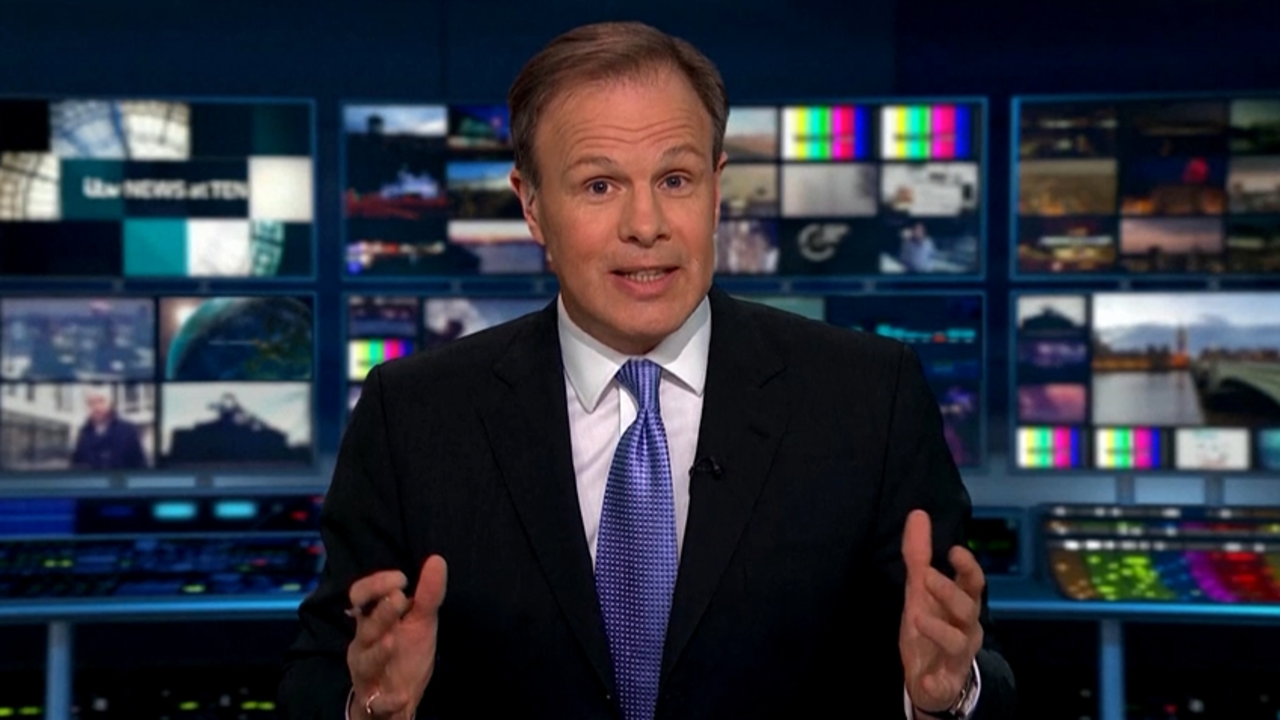What year did they start broadcasting news live?
Once Upon a Time
It all began on an unexpected day. I was a wee lad, totally engrossed in my Lego creations, oblivious to the world around me, when I heard an unsettling voice - the voice of a news presenter. Immediately, I snapped out of my imaginary Lego land and turned my attention to the television. What held my attention was not the news, but the fact that it was happening at that very instant. Right across the miles, someone was broadcasting something that would impact so many lives. "So, Maverick," you must be wondering, "When did this broadcasting magic begin?" Or more accurately, "What year did they start broadcasting news live?" Let's dig in and find out.
Radio Waves and the Dawn of Live News
Our journey starts not with television but with radio. The first ever live news broadcast, scooting its way through the airwaves, took place in the era of eerie radio signals and AM frequency tuning. The year, my dear readers, was 1920. Yes, you read that right, 1920. In this year, on an ordinary evening, KDKA, a station in Pittsburgh, broadcast the results of the U.S Presidential Election. Who knew then that this broadcast was the first step into a future filled with 24/7 news updates?
Television Takes the Baton
As radio was finding its footing, another invention was waiting in the wings, ready to take center-stage in the world of live broadcasting – television. It wasn't until a few decades later, in the swinging 1950's, that live television news broadcasting boomed. CBS, with its 'See It Now' program, decided it was high time to give audiences a visual peek into what was happening around the world. Ah, imagine the excitement of the people seeing real-life events unfold on a screen in their living rooms!
But Why Live, You Ask?
Now, you might ask, why live? Didn't we have print, telegrams and other means of disseminating news? Well, my inquisitive friend, in times of world wars, stress, presidential speeches, and world-changing events, the ability to report live added an undeniable advantage. Live reporting offered immediacy. It allowed the audience to be part of something in real-time, to react and interact rather than just read or hear about it later. The exhilaration, anticipation, fear or excitement - the raw emotions were all at their prime during live broadcasting.
24-7 News Broadcasting; A Healthy Addiction?
In came CNN in 1980, deciding that news was not just for breakfast anymore. It was for lunch, dinner, and every snack in between. And just like that, the era of 24-7 news broadcasting started. Suddenly, a global audience could consume news day in and day out. Despite its critics and controversies, one cannot deny the lure and power of round-the-clock news.
Beyond the Box
Surely, the story doesn't end at the rise of television. With the 21st century came a new player - the internet. As Elizabeth Kübler-Ross would say, it brought denial, anger, bargaining, depression and finally acceptance. The denial of its potential, anger at its implications, bargaining with traditional norms and depression at inevitable changes. But ultimately, acceptance that the world of live news broadcasting had once again evolved. Today, we live in an era where news can be consumed not just by watching television but on several digital fronts.
So, What's Next?
Who knows what the future holds. Maybe news will be 3D, or beamed directly into our brains. Maybe I'll wake up one day, and the news presenter's voice will not be coming from a device but be integrated into my cereal box. As we step into ever new technological leaps, the ways we consume live news broadcasts will continue to change.
Just remember, every time you turn on your TV, or your phone, or whatever gizmo you use for news – you're tapping into more than a century of progress, of technological marvels and human efforts. And you know what, we'll keep striding forward, pushing the boundaries of what’s possible, because that's what we do. So here's to the "live" in live news broadcasting - may your immediacy and wonder never fade.






